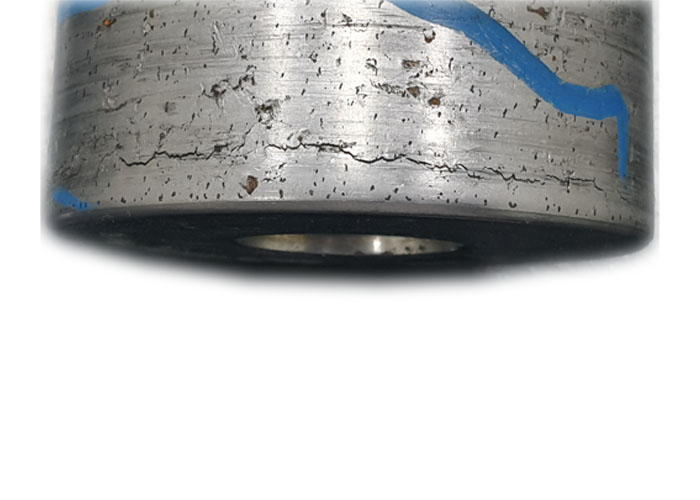Typical Corrosion Types

|
Corrosion Type |
Description |
Causes |
Typical Features |
|
Uniform Corrosion |
Evenly distributed metal loss |
Corrosive environment |
Thinning of the entire surface, often predictable |
|
Pitting Corrosion |
Localized corrosion forming small pits |
Aggressive ions, localized breakdown of protective film |
Small, deep pits or cavities, rapid failure with minimal overall metal loss |
|
Crevice Corrosion |
Corrosion in narrow gaps or crevices |
Stagnant conditions, oxygen concentration differences, the build-up of aggressive ions |
Localized corrosion in gaps, often hidden from view |
|
Galvanic Corrosion |
Accelerated corrosion due to contact with a more noble metal |
The electrochemical potential difference, conductive path, presence of an electrolyte |
Corrosion of the less noble metal, protection of the more noble metal |
|
Intergranular Corrosion |
Corrosion along grain boundaries |
Depletion of protective elements, sensitization during heat treatment or welding |
Corrosion along grain boundaries may cause loss of mechanical properties |
|
Stress Corrosion Cracking (SCC) |
Cracking due to the combined action of tensile stress and a corrosive environment |
Tensile stress, susceptible material, aggressive environment |
Brittle cracks, often originating from existing flaws, can lead to catastrophic failure |
|
Erosion Corrosion |
Accelerated corrosion due to fluid flow |
High fluid velocities, abrasive particles, turbulence, cavitation |
Increased metal loss at high-flow areas, grooves, pits, or waves in the material |
|
Microbial Corrosion |
Corrosion caused by microorganisms |
Microorganisms, sulfate-reducing or acid-producing bacteria, presence of biofilms |
Localized or general corrosion, accelerated by metabolic by-products, biofilm formation |
